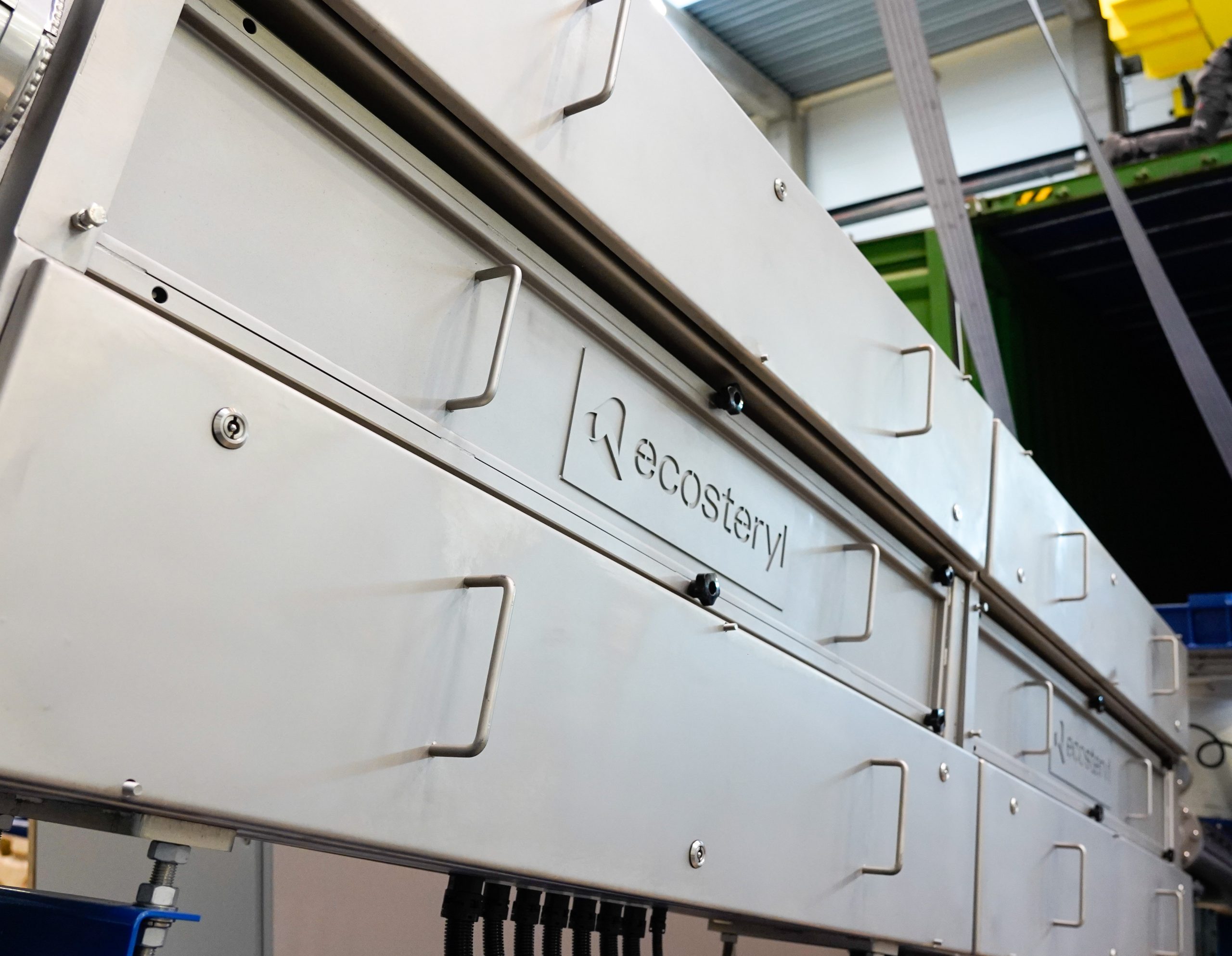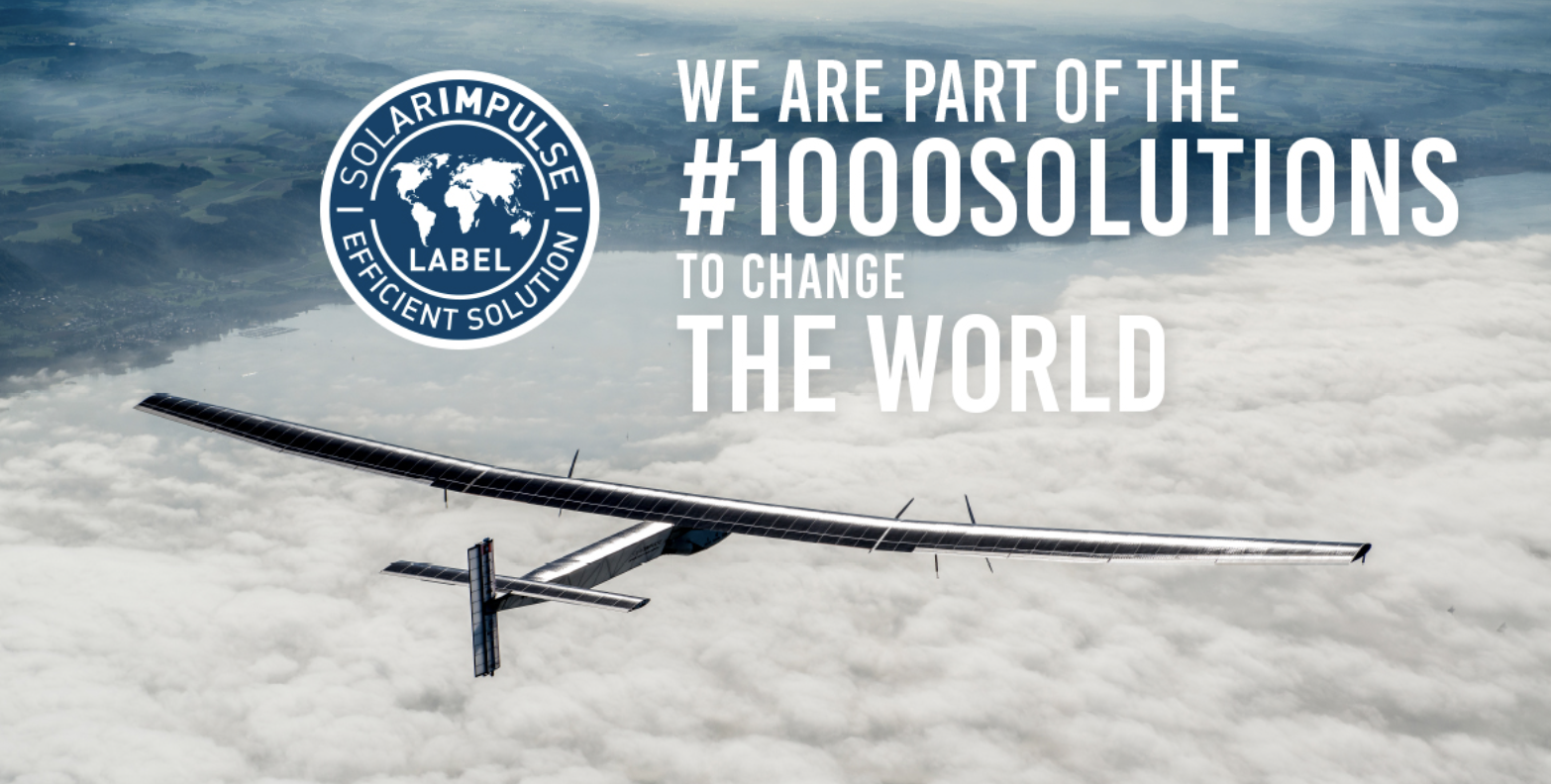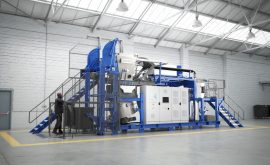The first microwave oven was created at the same time that Ecosteryl
Microwaves: from melted chocolate to decontamination of infectious medical waste

Since the beginning of the new millennium, Ecosteryl has been decontaminating potentially infectious medical waste, all this by using a microwave technology that continuously heats the “shreds” of this sensitive waste. Explanation of this technology.
A pioneer in the field, Ecosteryl, which has specialized in “mechanics and shredding” since 1947, combined its know-how with the one from CNRS, thus industrializing a lab technology to finally transform it into several devices for hospitals and service providers. From the Ecosteryl 75 to the Ecosteryl 250, including its latest product, the R-Steryl, a centre for recycling decontaminated waste, Ecosteryl closes the loop of the circular economy
But where do these microwaves come from?
Since the mid-1970s, you are almost all familiar with “the” microwave, which over the years has found its place in our kitchens. The instrument, which is used to heat up your ready-made meals has convinced so many households that it has become a kind of metonymy for a much larger technology, an electromagnetic radiation of a particular wavelength, called microwaves.
According to the field of study adopted by the researchers, the microwave is situated between the infrared (the largest source of energy that comes to us from the sun) and the broadcasting waves. The existence of electromagnetic waves was predicted in 1884 by the Scottish physicist and mathematician James Clerk Maxwell and demonstrated four years later by Rudolf Hertz who built a device that produced radio waves.
They are called “micro” waves because they are shorter in wavelength than the VHF band, which were used by radars during the Second World War, and start just after the UHF radio waves
Microwave and hyper-frequency
“Micro” waves are also known as “hyper-frequency” waves. And the research carried out since the beginning of the twentieth century has made it possible to find ever more decisive applications for them in a multitude of domains.
They were not only decisive for telecommunications but also for their application to radar from the 1930s to the 1950s because of the Second World War.
Many other applications were to follow. The release of heat produced by microwaves, discovered by chance, will be at the origin of the microwave oven for example. Legend has it that an American engineer who ran a factory producing radar magnetrons – a magnetron is a device that converts the kinetic energy (the energy possessed by a body as a result of its motion) of electrons into electromagnetic energy, in the form of microwaves – found that microwaves emit heat that could be used to cook or heat up food. Simply by noticing that the chocolate bar in his pocket was melting when he passed near the magnetrons, which generate microwaves. In fact, he was not the only one to have noticed it, but it was him who, on the basis of the various reports he received, designed and developed the first microwave oven, in 1947. Well, this was exactly the same year when Ecosteryl was founded (branded AMB at that time). The first successful tests of the microwave were on popcorn and on an egg… which exploded in the scientists’ faces.
As often happens, it was not until 1980s that low-cost microwave sources appeared, and the industry developed commercial applications for this military technology. And they will be many.
As a result of these developments, now we have mobile phones, cordless phones, satellite communication and navigation, industrial measurement systems and manufacturing process control, air and road traffic control, satellite television, police radars, alarm systems and automatic car control and shopping systems.
There are also applications in the world of food, medicine, biology, chemistry, oceanography, storm detection and weather forecasting, geology, pollution detection and control, physics and plasma research and aerospace technology, etc.
Decontamination of medical hazardous waste
In the field of public health, microwaves also do wonders, as demonstrated by the technologies developed by Ecosteryl for the decontamination of hazardous medical waste.
How does it work? Microwaves are directed at the shred infectious medical waste, which passes through a tunnel for 3 minutes. The waste, which has a naturally a high moisture content, is exposed to microwaves that change direction more than 2 billion times per second. The water molecules, which are sensitive to this agitation, see their temperature rise.
The Ecosteryl machines maintain this temperature at 100°C, a system that, like autoclaves, decontaminates infectious medical waste but without the use of water.
In a 2017 scientific paper, the technology was shown to be safer than its main competitors, more environmentally friendly and less energy consuming. It drastically reduces the carbon footprint of institutions treating dangerous medical waste and eliminates liquid and gaseous effluent discharges.


